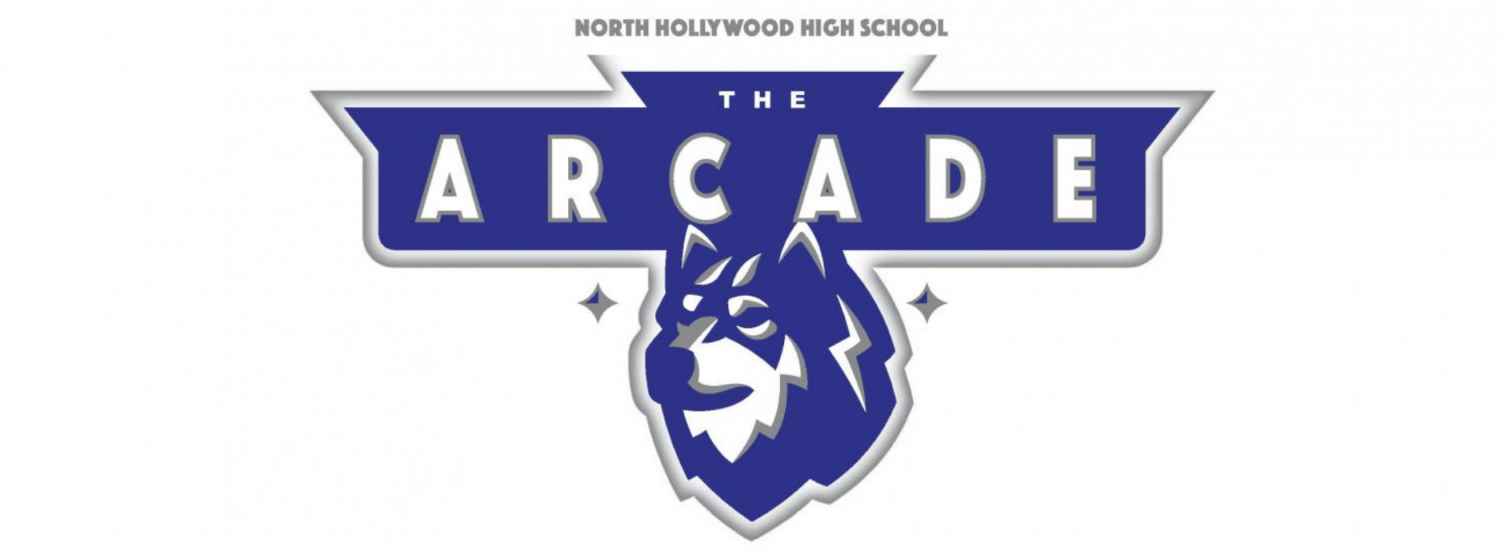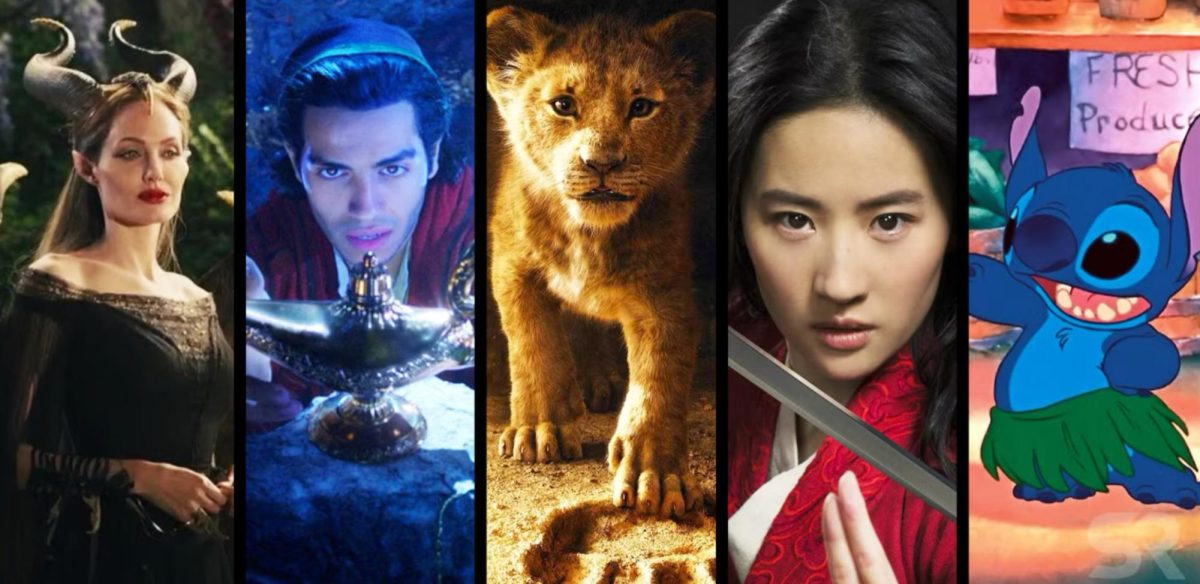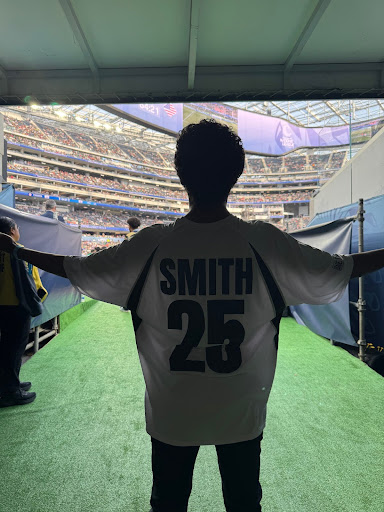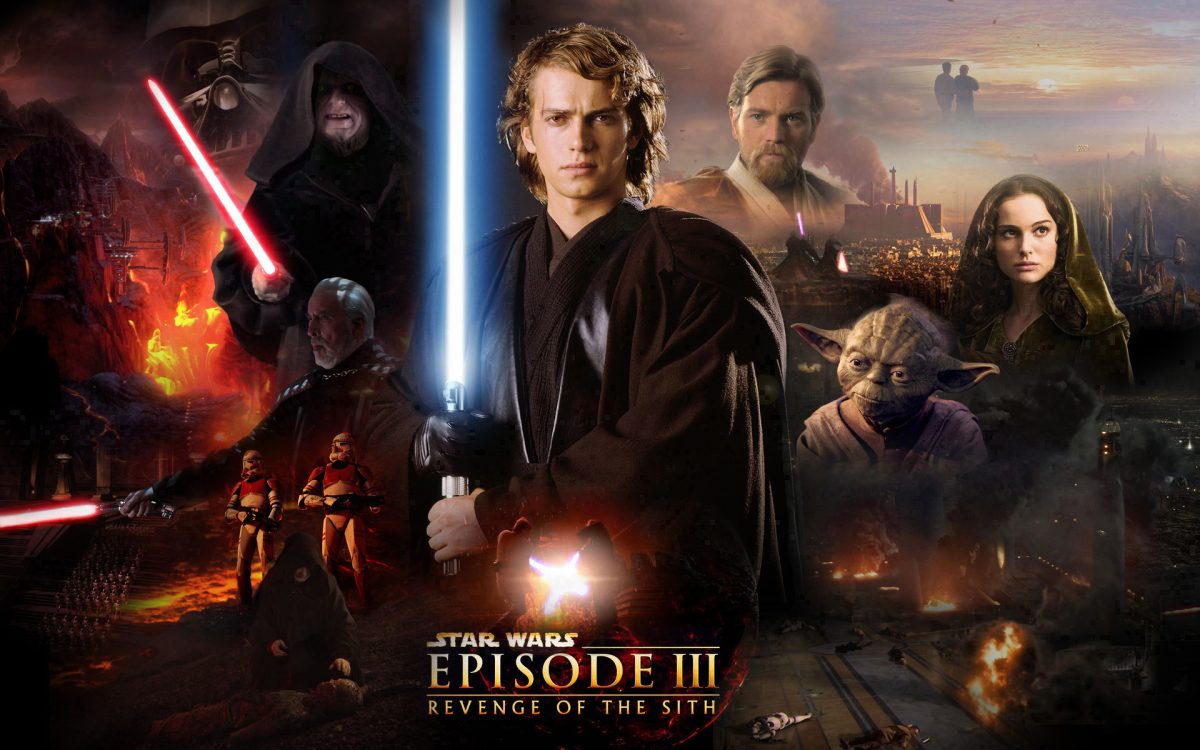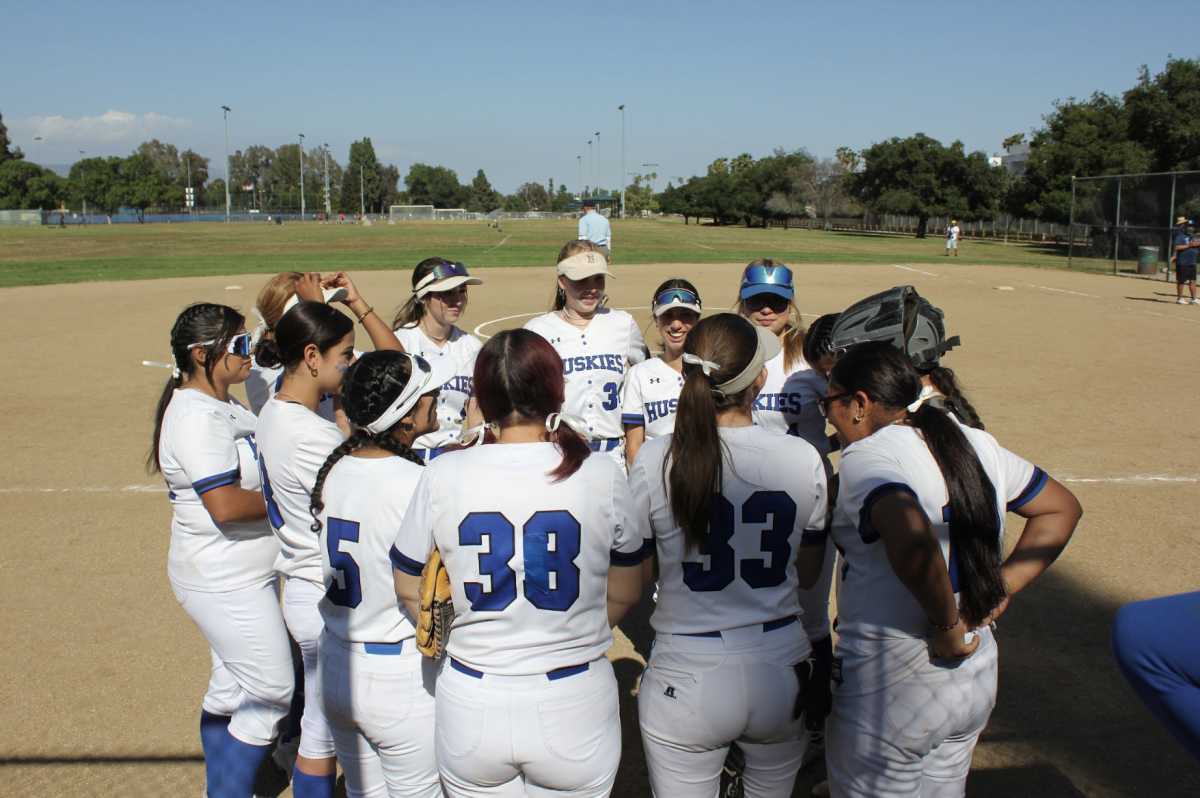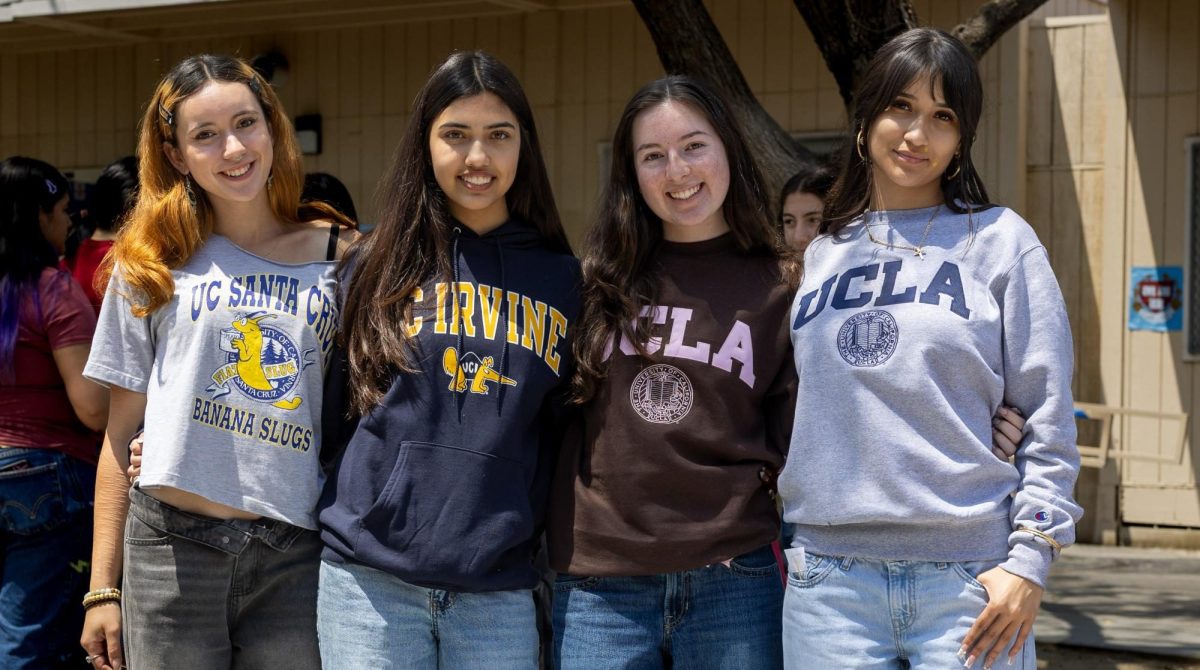The film industry has always thrived on creativity, with original content at its heart. Animated movies really took off in the late 20th century, especially with Disney’s “Snow White and the Seven Dwarfs” in 1937, proving animation could be serious art. Films like “The Lion King” and “Toy Story” captivated audiences, showcasing that animation could tackle deep themes.
However, Hollywood has increasingly leaned on remakes and adaptations of older films, especially since the early 2000s. This trend raises pressing questions about creativity in the industry. A significant reason for this shift is financial insecurity; studios often prefer the safety of familiar stories over the risks of new ideas. Remakes come with built-in audiences, making them a safer investment.
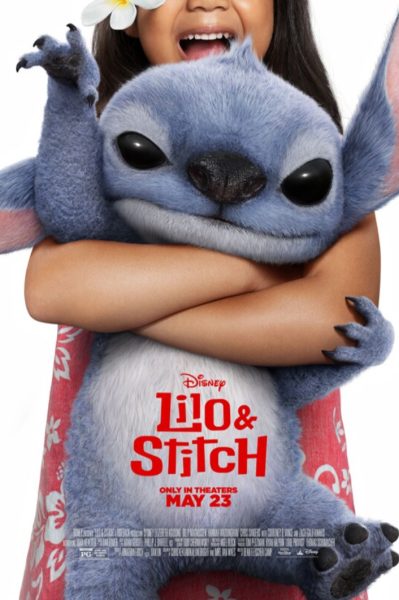
Additionally, the global market plays a crucial role. Films designed to appeal to international viewers often focus on established franchises, sidelining original narratives. This push for box office success has led to a decline in innovative storytelling, as profits take precedence over artistic integrity.
When comparing live-action remakes to their originals, the differences can be striking. Many remakes attempt to modernize stories, altering characters and plots to align with current social standards. While this can be progressive, it risks diluting the original’s charm.
Take, for instance, “Lilo & Stitch”. This film exemplifies how a thoughtful adaptation can maintain the essence of the original while updating key elements. “Lilo & Stitch” effectively explores themes of family and belonging without losing its unique cultural context. The original’s quirky humor and emotional depth resonate across generations, making it a beloved classic.
In contrast, the recent “Snow White” adaptation aimed to align with contemporary values, often labeled as “woke.” While the intention to modernize is commendable, it led to significant deviations from the original story. Critics argue that these changes, intended to enhance representation, sometimes overshadow the fairy tale’s foundational elements, thus diluting its charm.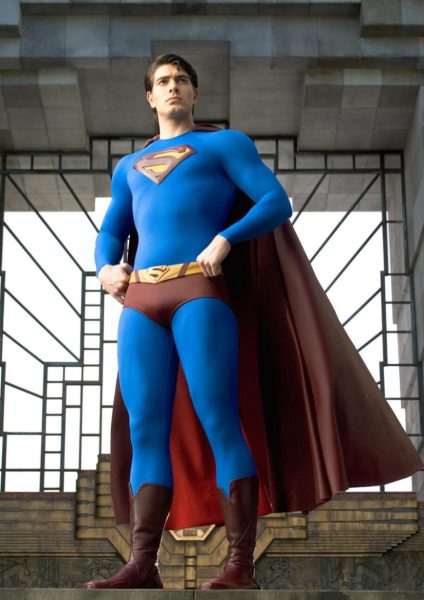
The “Fantastic Four” series has faced multiple reboots, each struggling to capture the essence of the original comics while appealing to modern audiences. Despite attempts to innovate, these adaptations frequently miss the mark, leading to dissatisfaction among fans.
Similarly, the new “Superman” film attempts to reimagine the iconic character for a new generation. While the intention might be to reflect contemporary values, this approach can lead to a disconnect with the character’s core traits, which have remained beloved for decades.
When discussing remakes, Disney’s live-action adaptations, such as “The Lion King”, also come to mind. These films introduce new elements aimed at addressing modern issues but often generate mixed feelings regarding their representation compared to the animated classics. For instance, while the visual spectacle of the CGI in “The Lion King” is impressive, many fans feel it lacks the emotional resonance of the original.
Hollywood’s shift toward remakes raises urgent questions about originality. Can the industry reclaim its innovative spirit, or will it continue to recycle past successes in a changing cultural landscape? As we consider the box office performance of remakes versus originals, statistics reveal a trend: many remakes outperform their predecessors, yet they often lack the cultural impact that made the originals beloved.
While remakes may offer financial support, they also highlight a significant decline in creative risk-taking within Hollywood. Time will tell if the industry can shift back toward producing original content that resonates deeply with audiences, or if it will remain trapped in a cycle of nostalgia-driven retreads. The challenge lies in finding a balance between honoring the past and embracing the future with genuine creativity.
